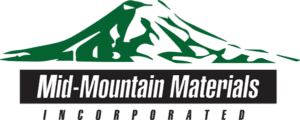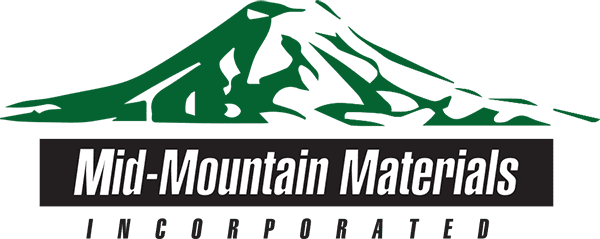Ultra-low porosity in insulation fabrics is essential for emission control because it creates an exceptionally tight barrier, preventing the passage of gasses and particles. This minimizes pollutant release, ensuring compliance with stringent environmental regulations. The dense structure also enhances the fabric’s effectiveness as a filter, trapping harmful emissions. Furthermore, ultra-low porosity coated fabrics provide superior thermal insulation, maintaining high system efficiency and protecting surrounding equipment from heat damage. In high-temperature and chemically aggressive environments, these coated fabrics maintain integrity, offering long-term durability and reliability, something which is crucial for industrial emission control applications.
Mid-Mountain Materials, Inc. specializes in developing these advanced materials. We can create highly effective barriers against emissions by combining heat-resistant textiles with innovative coatings.
Key Features and Functions of Ultra-Low Porosity Coated Fabrics
- Very Low Porosity
The defining characteristic of these fabrics is their ultra-low porosity. The coatings applied to these textiles create an exceptionally tight barrier, significantly minimizing the passage of gasses and particles. This is crucial for applications requiring stringent control over emissions.
- High Temperature Resistance
Our ultra-low porosity coated fabrics can withstand extreme temperatures, often up to 982°C (1800°F) or higher. This makes them ideal for use in high-heat environments such as furnaces, engines, and other industrial applications where maintaining material integrity at high temperatures is essential.
- Chemical Resistance
These coated fabrics are designed to endure exposure to a wide range of chemicals. The advanced coatings protect the fabric’s integrity in corrosive environments. Therefore coated fabrics have long-term durability and reliability in demanding industrial settings.
- Abrasion Resistance
The robust coatings enhance the fabric’s resistance to wear and tear. This abrasion resistance prolongs the lifespan of the fabric. Therefore, it is suitable for applications involving constant friction and mechanical stress.
- Versatility
Ultra-low porosity coated fabrics are highly versatile. They can be configured into various forms, such as seals, curtains, and blankets, providing effective emission control solutions across different industrial applications.
- Containment
These fabrics help contain emissions within designated areas, preventing their release into the environment or other parts of industrial facilities. This containment is vital for maintaining safe and compliant operations.
- Filtration
Due to their low porosity, coated fabrics can act as effective filters. They can trap particles and reduce the overall emission of pollutants. This filtration capability is essential for industries aiming to minimize their environmental footprint.
- Thermal Insulation
These fabrics help maintain the efficiency of emission control systems through providing a barrier against high temperatures. They also protect surrounding equipment and personnel from heat, contributing to safer working conditions.
- Compliance
The use of these specialized fabrics assists industries in meeting stringent emission control regulations and standards. Compliance with these regulations is not only a legal requirement but also a commitment to environmental stewardship.
Common Coatings and Applications
Common coatings used for these fabrics include silicone, ceramic, and refractory materials. For instance, ARMATEX SQ Silicone/Refractory Coated Fabrics & Textiles are specifically designed for emission control seals and other high-temperature applications. These coatings provide the necessary barrier properties and also enhance the fabric’s overall performance in harsh environments.
We Have The Ultra-Low Porosity Coated Fabrics You Have Been Searching For
At Mid-Mountain Materials, Inc. we are dedicated to providing innovative solutions for emission control. Our ultra-low porosity coated fabrics represent the forefront of material science, designed to meet the rigorous demands of industrial applications. Integrating these coated fabrics into your emission control strategy can help you enhance operational efficiency, ensure compliance with environmental regulations, and promote a safer workplace. Uncover more information about our heat-resistant fabrics from our website. There, you can also check out our range of refractory cements and moldables.

